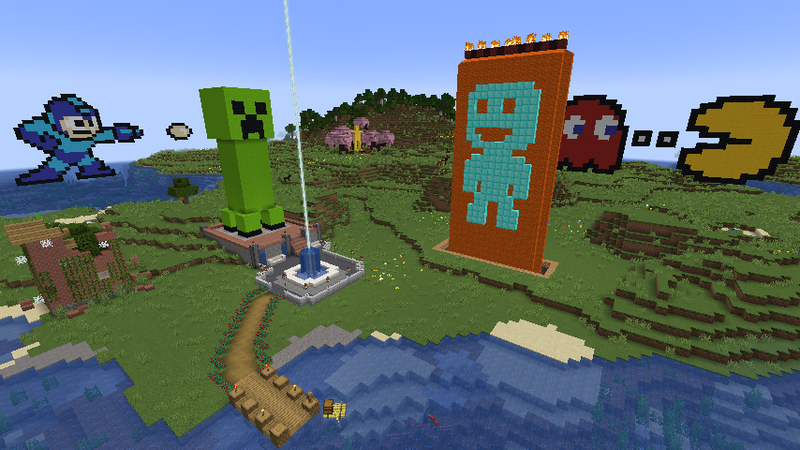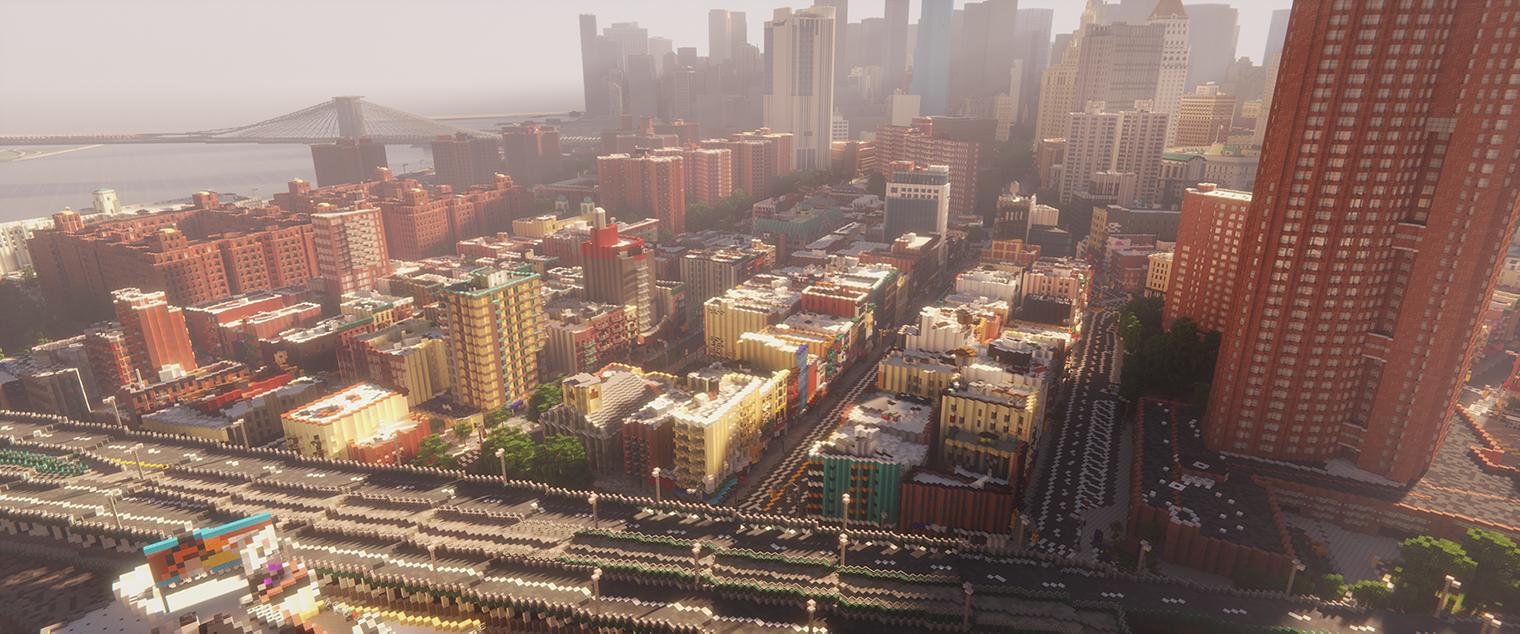The Unstoppable Evolution of Minecraft Builds
A nostalgic journey through the eras of Minecraft, from the simplest shelters to world-scale wonders and working computers
Minecraft isn’t just a game—it’s a creative evolution layered in eras, each one pushing players to do more: from survival basics to architectural flourish, technical breakthroughs, and limit-shattering builds. Here’s how it unfolds.
1. Humble Beginnings
Every player’s story begins the same way: dropped into a world at dusk with nothing but two dirt blocks and a torch. That makeshift dirt hut, crude, trembling, but gloriously effective, is where every Minecraft journey begins. It’s not just a shelter; it’s the spark of creativity, a proof-of-concept that you can survive, explore, and improve… one block at a time.
You quickly learn: cobblestone walls, wooden doors, a reseeded farm. A humble threshold into the larger world of building.


2. The Rise of Creativity
Once survival is second nature, Minecraft becomes an art studio. Players design cottages, pixel art flags, and themed villages. Each block placed for aesthetic meaning. Soon, ambitious castles with moats and drawbridges emerge. Small creative servers spring up, becoming digital galleries where every build is a signature.
Here, design becomes play. Builders refine textures, roof angles, lighting, and mood. This creative energy fuels the next era: engineering.

3. The Technical Boom
Enter redstone, the in-game equivalent of electricity. And suddenly gameplay runs on logic gates: pistons, repeaters, hidden doors, auto-cookers, and self-harvesting wheat farms. The sandbox becomes programmable.
Tutorials abound, and creators teach how to build compact item sorters, hidden elevators, and secret passages. This technical layer stretches what you can do beyond aesthetics into automation and problem-solving with redstone circuit logic. It’s about efficient design and innovation.
4. World-Scale Projects
No longer satisfied with themed villages, players wanted the world.
Build The Earth (BTE)
This project, launched by YouTuber PippenFTS in March 2020, aims to recreate Earth at exact 1:1 scale using real-world data. Thousands of players across teams build cities, landmarks, and entire countries in Minecraft . By 2022, more than 2,000 builders were reconstructing New York City’s icons—like St. Patrick’s Cathedral, the 9/11 Memorial, and the downtown skyscraper district
. Mod tools like Cubic Chunks, Terra++, and WorldEdit help overcome the game’s height limits and bring realistic terrain into play.
In Spain, community teams have already recreated Madrid’s Plaza Castilla towers, and the project supports a live map where you can track global progress in real time. Check it out here
Fictional World Replicas
Meanwhile, servers like HermitCraft bring fictional creativity to scale, whether that’s Minecraft versions of Among Us, trading card games built in-map, or elaborate themed worlds, each a testament to massive collaborative creativity.

5. Minecraft Within Minecraft
At the mind-bending edge of possibility, players build functioning computers inside Minecraft.
Hard Drive in Minecraft: Cody Littley, a PhD student, built a 1 KB hard drive entirely in-game using pistons and redstone! Though slow, with seek times of six to seven minutes, it was a stunning proof of concept about emulating hardware logic in blocks. Check it out here
Redstone ALU / Turing-Level Logic: Tutorials on the Minecraft Wiki explain how to design CPUs with registers, memory, instruction decoders, ALUs, and program cycles, building logic that follows real computing principles, byte by byte. Source: Minecraft Wiki.
Atari Emulator in Minecraft: Famous YouTuber SethBling used command blocks and redstone to build an Atari 2600 emulator running games like Pac-Man at about one frame per hour, technical showmanship and classic gaming nostalgia combined.
Together, these builds show how Minecraft can become a digital calculator, a storage device, or even an emulator, revealing a hidden dimension of logic and innovation.
6. What This Says About Us
This evolution, starting from a useless dirt box and escalating to entire worlds and self-aware machines, maps beautifully onto human creativity. Each new layer adds not just complexity, but meaning. It reminds us that play can be learning, ambition, and artistry, all wrapped into one.
